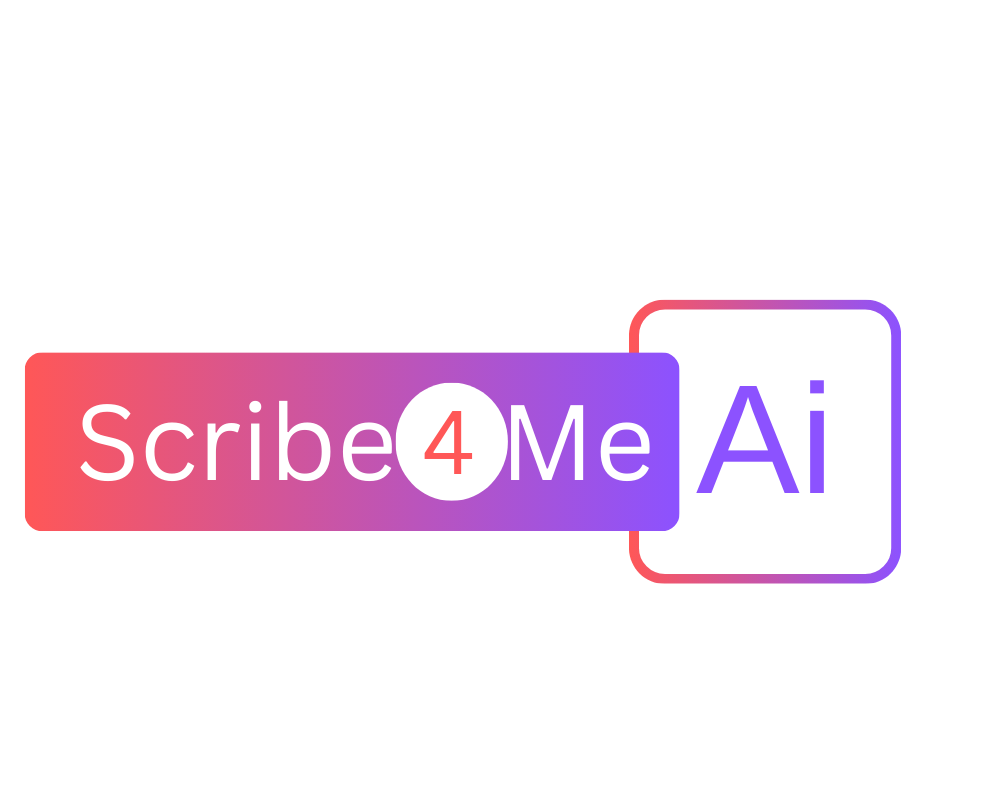

Dr. Andrea Partida’s Experience With OB/GYN AI Scribes - More Time, Better Care
Physicians are constantly looking for better ways to manage their documentation workload efficiently. For Dr. Andrea Partida, an obstetrician and gynecologist in Enid, Oklahoma, a new "assistant" has made a whole lot of difference—not a human, but an AI-powered scribe. By reducing her documentation burden, this innovative tool has enabled her to enhance patient interactions, reclaim personal time and improve the efficiency of her practice. The result is better care for her patients and a more streamlined approach to managing her busy OB/GYN practice. Let’s see how OB/GYN AI scribes are transforming workflows and creating better healthcare experiences.
The Problem - Time Spent on Documentation
Like many other physicians, Dr. Partida was spending a significant portion of her day on paperwork. Prior to using an AI-powered scribe, she typically spent 15 to 20 minutes on documentation for each patient visit. In addition, she would spend two to three hours charting outside of clinic hours. All of this time was limiting her ability to see more patients, connect more personally with them, and enjoy personal time away from work. However, after implementing AI scribes into her practice, everything changed for good. Now, what once took 15-20 minutes per visit has been reduced to just three minutes. The hours she previously spent on documentation after hours have also decreased to about one hour. This dramatic reduction in time spent on paperwork has had a profound impact on her daily routine.
How OB/GYN AI Scribe Works
AI scribing tools are specially designed to reduce the burden of documentation by automating time-consuming data entry. The AI scribe listens to patient visits, transcribes the conversation, and generates comprehensive clinical notes instantly. At the start of each visit, Dr. Partida simply activates the AI scribe with a tap on her device and begins her patient encounter. The AI scribe captures patient interactions and generates notes that include everything from the patient’s problems and assessments to treatment plans and medications. Dr. Partida then reviews the notes, making any edits, if needed to ensure they’re perfectly aligned with her findings.
More Time for Patients and Family
The time Dr. Partida saved with AI scribes enabled her to see more patients, which was crucial for maximizing efficiency. In fact, she was able to see two to five more patients per day, dedicating more time to each one. She also found herself getting more involved in hospital leadership at Integris Health, all while enjoying a better work-life balance. AI scribes for OB/GYN practices have proven to be more than just time-saving tools. They’ve enabled Dr. Partida to focus on building stronger relationships with patients, providing quality care and improving her overall work-life balance. With more time to focus on her patients and career, Dr. Partida has been able to enhance both her professional satisfaction and personal well-being.
Accuracy and Ease of Use
One of the key concerns physicians often have when integrating AI scribes is accuracy. While it’s true that some edits are necessary, Dr. Partida finds that the AI scribing tool produces notes with minimal need for correction. She appreciates how the system’s ability to generate notes quickly and accurately makes her workflow more efficient. Over the course of six weeks, she became fully comfortable using the tool for all her patients, significantly reducing her documentation burden. However, despite its many advantages, Dr. Partida still needs to review and tweak the notes occasionally to ensure everything is perfect. This is a minor task that takes far less time compared to the hours she used to spend on manual charting.
Obtaining Patient Consent And Maintaining Trust
One important consideration when using OB/GYN AI scribe for documentation is whether patients are aware that their visits are being recorded. Dr. Partida ensures that all her patients are informed about the use of AI scribe in their visits. She says that she lets her patients know they’re being recorded, and offers them the option to opt out if they wish. This transparency is crucial for building trust and ensuring that all patient interactions comply with legal and ethical guidelines. Most importantly, by providing this option, she ensures that her practice upholds both patient privacy and the highest standards of care.
How AI Scribes Are Transforming Dr. Partida's Practice
As OB/GYN AI scribes become more advanced and more accessible, Dr. Partida is excited about the future possibilities. These tools have already made a significant difference in her practice, allowing her to spend more time with patients and less time on documentation. She even believes that more and more OB/GYN practices will adopt these scribing tools in the coming days. Reflecting on her experience, Dr. Partida mentions that she sees no reason not to use this tool. She says that it has streamlined her workflow, enhanced her patient interactions, and restored valuable time for both her professional and personal life. She considers it a perfect solution to reduce documentation burden for anyone in the gynecology field.
Concluding Thoughts
Dr. Andrea Partida’s experience with AI scribes is a testament to how this tool can improve the lives of OB/GYNs and their patients. By automating the tedious task of documentation, OB/GYN AI scribes help physicians reclaim time, reduce burnout, and refocus on providing exceptional care. With AI automating documentation, OB/GYNs can focus on delivering high-quality care, ensuring that women’s health remains the top priority.
It’s time to focus on your patients’ wellness, from prenatal care to postnatal joy, while Scribe4Me AI handles the charting. Sign up and get started with a free trial today!


